If someone mentions a dog, cat, horse or hamster, chances are an image springs to mind. But how about a Screaming Hairy Armadillo? Or a Zanzibar Red Colobus, Ladybird Spider, or Blunthead Tree Snake? Are these the animals of nightmares, or stunningly beautiful. Let’s take a look – sometimes they’re both! We even have a snake with “wandering/rotating” fangs that can bite without opening its mouth…
Screaming Hairy Armadillo
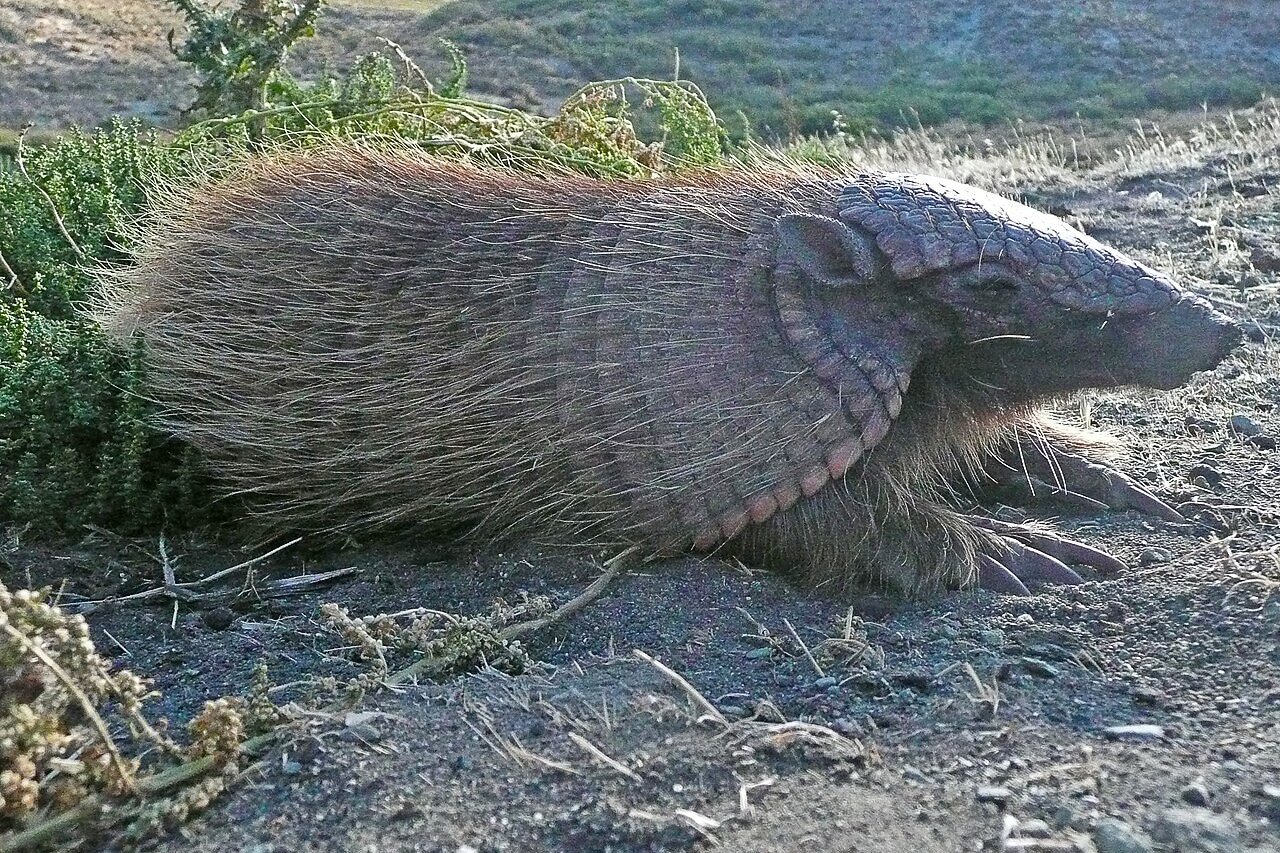
What’s in a name? Consider the case of the Screaming Hairy Armadillo. This intriguing creature can be found in the southern and central regions of South America. The name “Screaming Hairy” is quite fitting, as these armadillos emit distinct ‘scream-calls’ when they feel threatened. Luckily, the only measure between 10 to 16 inches in length and weigh around 2 to 3 pounds – and they can they live for 8 to 9 years.
Zanzibar Red Colobus
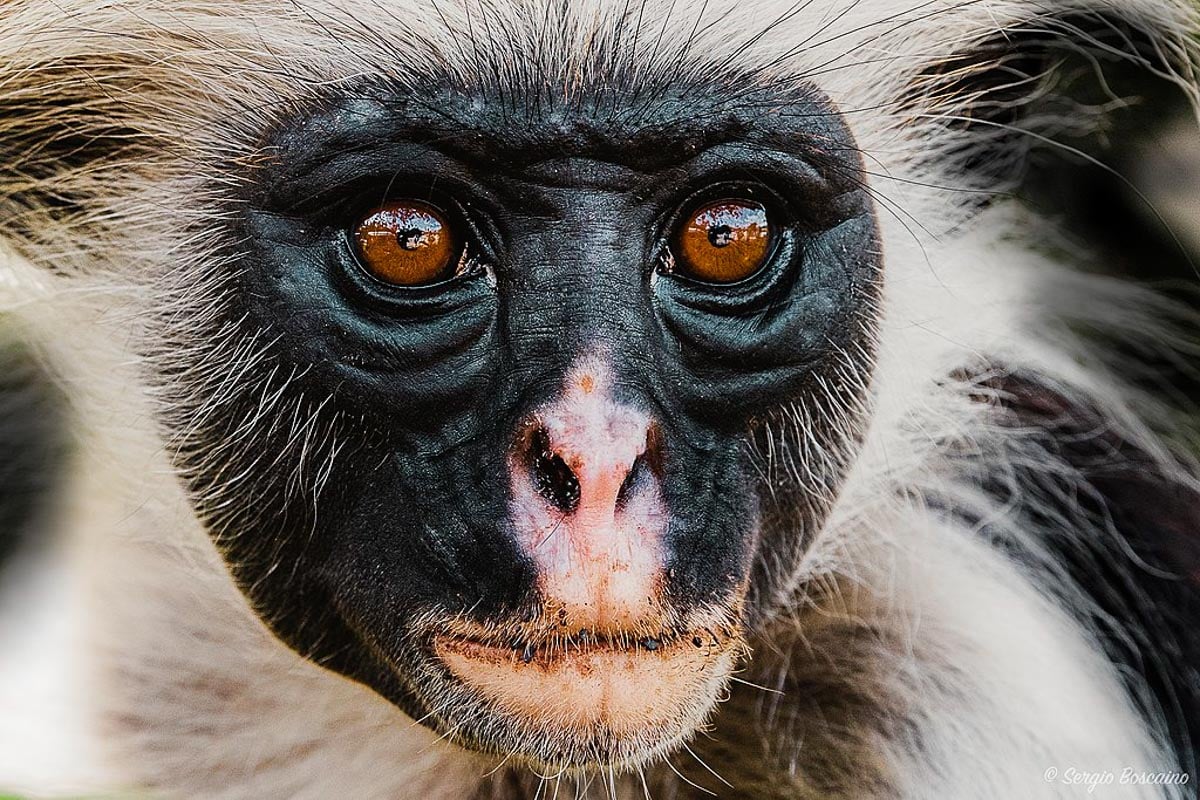
Moving on to the Zanzibar Red Colobus, this primate is native to the main island of Zanzibar and is one of 17 known species of Red Colobus monkeys. This Old World Monkey has undergone multiple reclassifications over time.
Their fur coloration ranges from dark red to black, featuring a prominent black stripe along their shoulders and arms, as well as a pale underside. These monkeys possess a long, non-prehensile tail, with males generally being larger, averaging around 26 pounds compared to females at 22 pounds.
Najdi Sheep
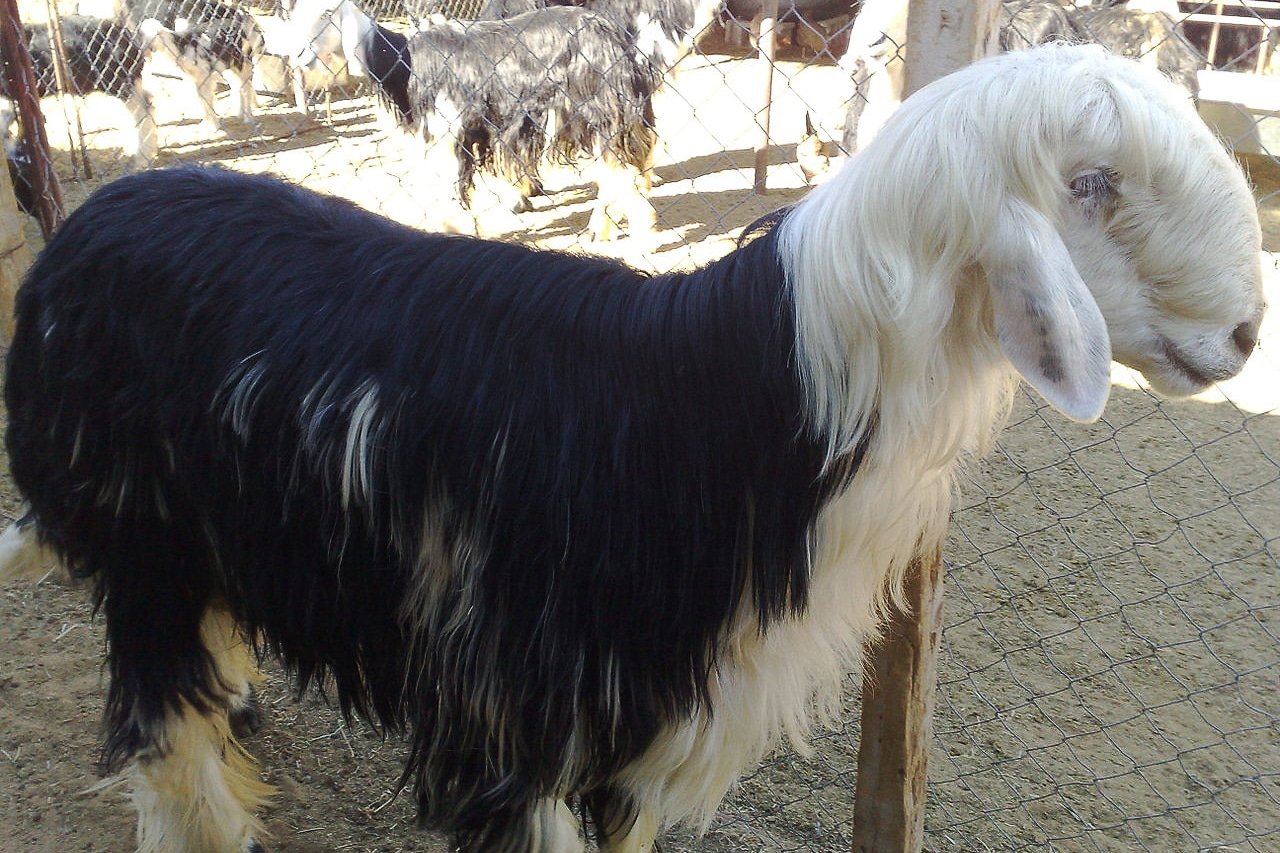
The Najdi Sheep hails from Saudi Arabia and derives its name from the Najid region of the Arabian Peninsula. These sheep are prized for their contributions in meat, milk, and wool production and are highly valued in the market, with ewes commanding prices ranging from $5,000 to $8,000 and rams reaching into the hundreds of thousands. They feature a distinctive long face with a Roman nose and drooping ears.
Bibron’s Stiletto Snake
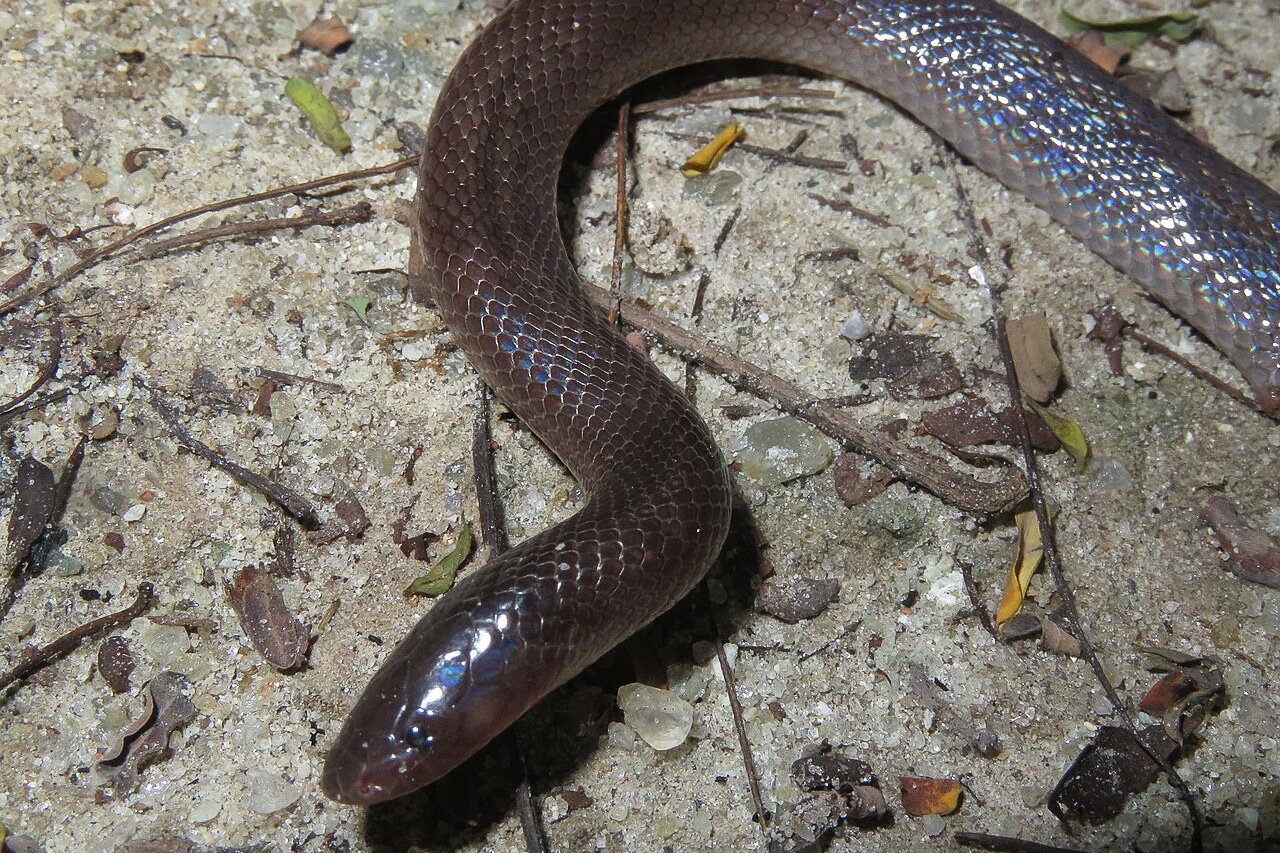
The Bibron’s Stiletto Snake is one of about 20 species of Stiletto Snakes native to Africa. These snakes are exceptionally dangerous to handle due to their unique anatomy, which includes wandering or rotating fangs. They have the ability to bite without even opening their mouths, earning them the moniker “Side-stabbing Snake.” While their venom is not deadly to humans, it can cause severe tissue damage and even lead to finger amputation due to its corrosive properties.
Whitemouth Moray Eel
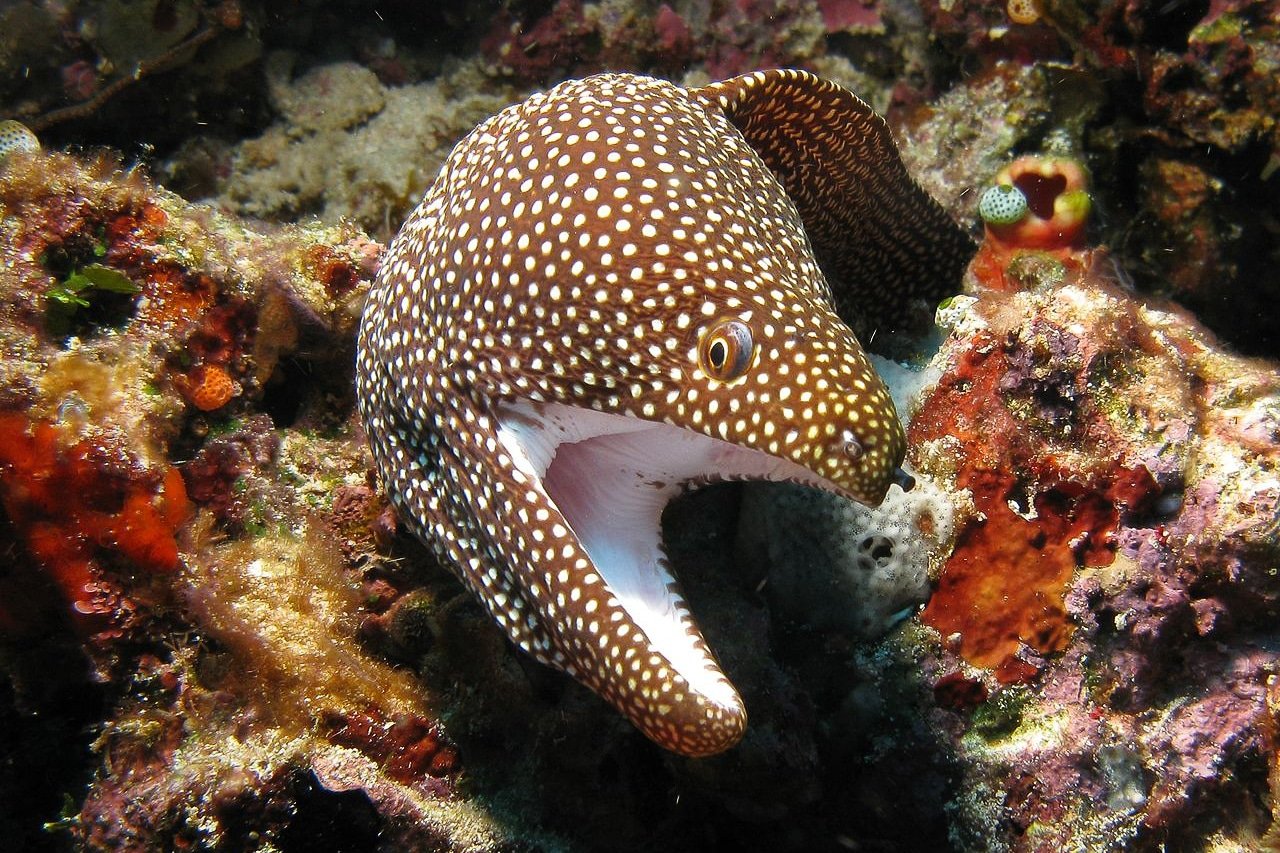
The Whitemouth Moray Eel is one of approximately 200 species of moray eels. These eels are distributed across the Indian and West Pacific Oceans, but are relatively rare except in Hawaii. They favor lagoons and reefs, where they can conceal themselves in crevices and use their keen sense of smell to ambush unsuspecting prey.
Adult Whitemouth Moray Eels reach a maximum length of around 48 inches. Their distinctive mouth is exceptionally wide, completely white, and equipped with teeth designed for tearing rather than grinding.
Additionally, they possess a second set of toothed jaws within their mouth, known as pharyngeal jaws, which they employ to capture and manipulate prey. Moray eels are the only fish known to employ pharyngeal jaws in this manner.
Ladybird Spider
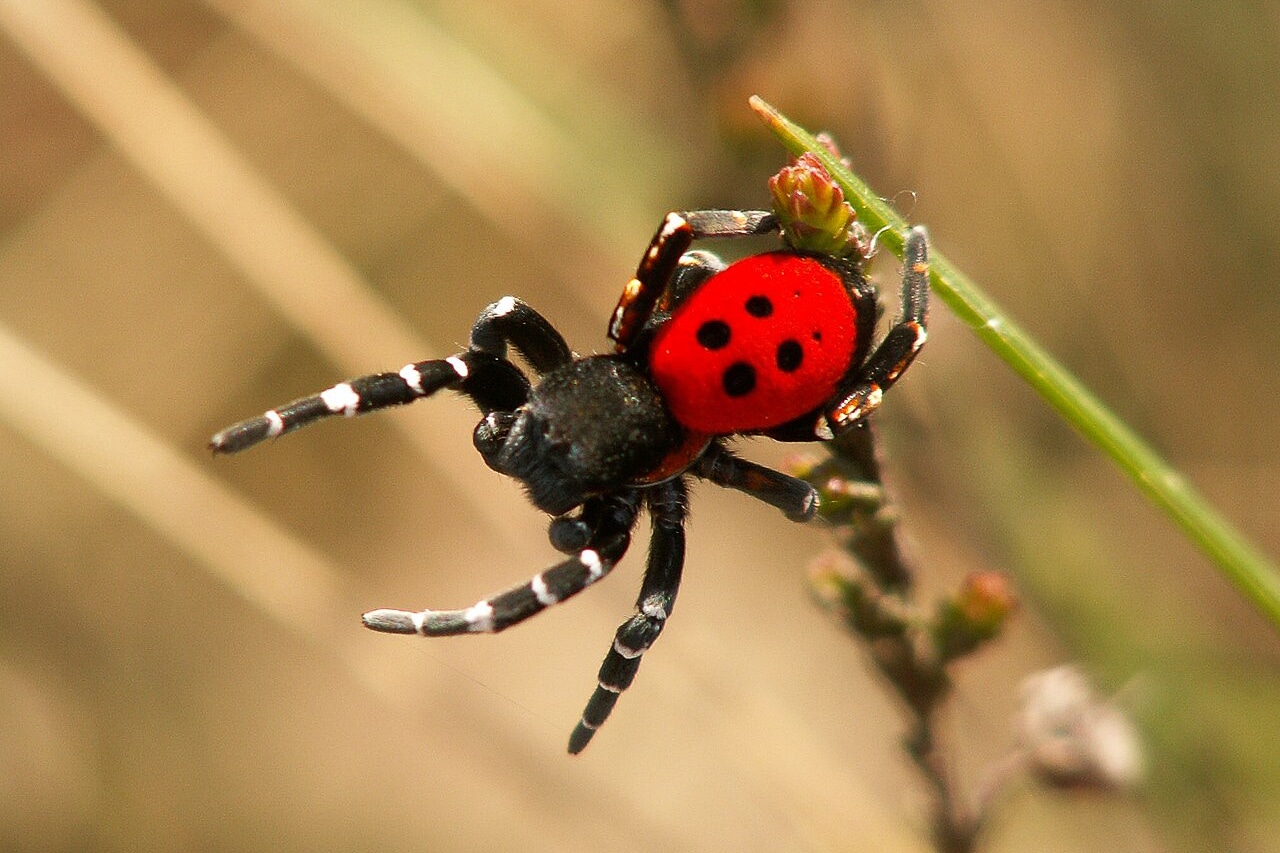
The Ladybird Spider is a rare arachnid found in northern and central Europe and is considered one of the continent’s most elusive spiders. It is named after the striking appearance of the male, which features an orange-red back adorned with four large black spots and two smaller ones, complemented by black and white striped legs. In contrast, the females are predominantly black. These spiders are relatively small, measuring between 0.39 to 0.63 inches, with females tending to be on the larger end of the spectrum.
Female spiders typically lay between 30 and 80 eggs, which they wrap in silk. After hatching, the female begins to undergo a process of self-digestion, allowing the hatchlings to feed on her liquefied body.
Lace Monitor Lizard
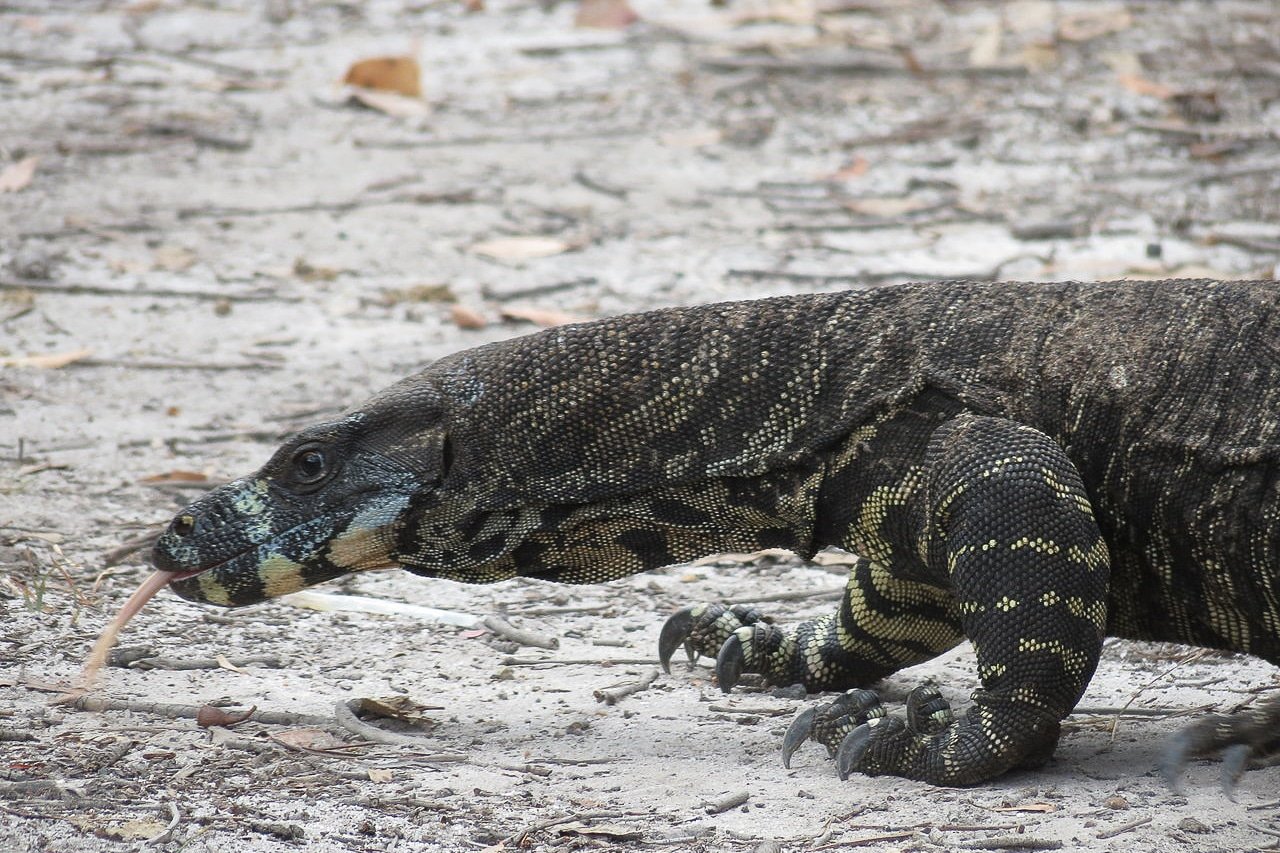
The Lace Monitor Lizard, native to eastern Australia, can attain impressive lengths of over 6 feet and weigh up to 30 pounds, with males usually outstripping females in size.
Lace Monitors display remarkable adaptability, being equally at home in open and closed forests, with their foraging habits spanning extensive territories. Their diet primarily consists of insects, reptiles, small mammals, birds, and bird eggs. ering bone-related issues.
Although bites from these lizards are not typically fatal to humans, they can induce swelling within minutes, disrupt localized blood clotting, and cause shooting pain extending up to the elbow.
Miller’s Saki
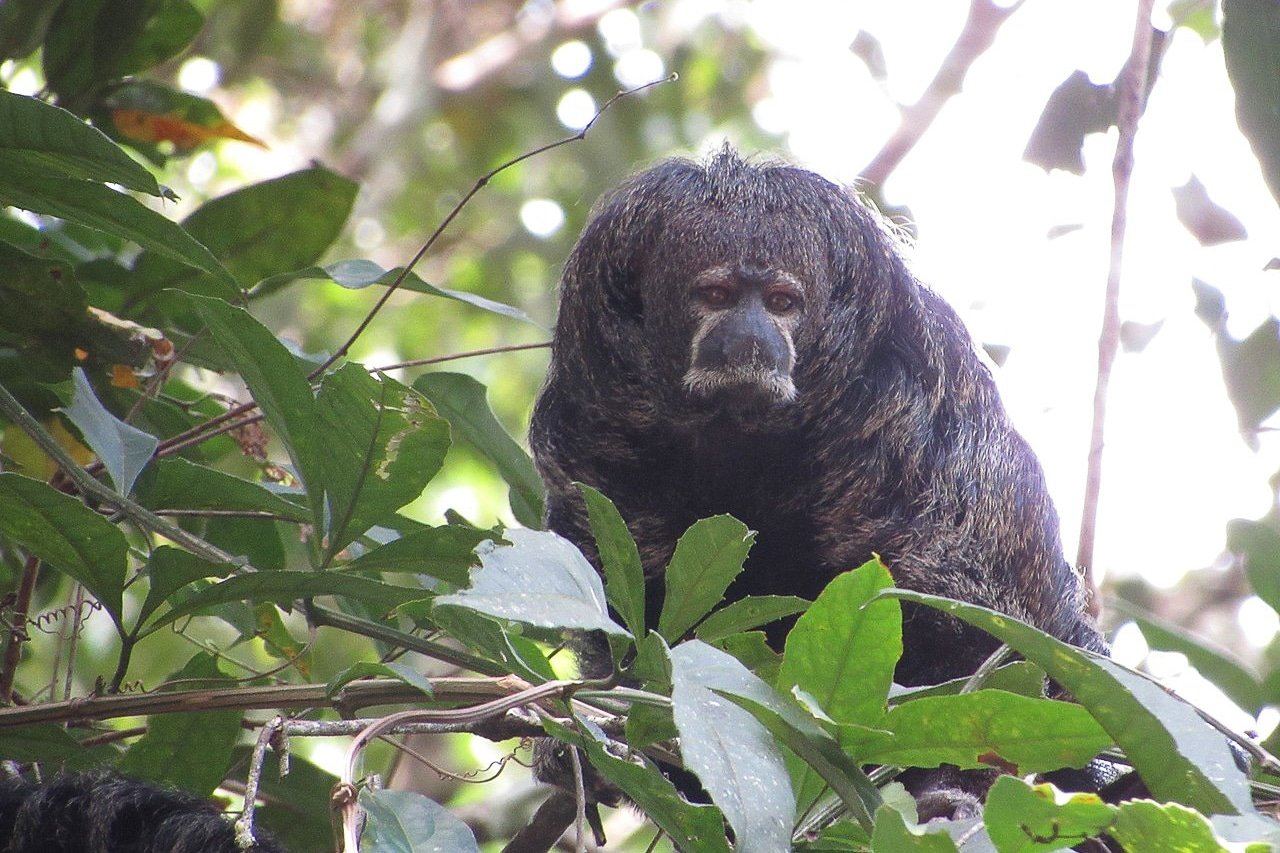
Miller’s Saki is a New World monkey found in select areas of South America. These shy and cautious primates are primarily arboreal, spending most of their time in the trees.
These monkeys typically forage in pairs or small groups, seeking out fruit, honey, leaves, and small mammals. They will venture down from the trees but avoid reaching the ground. Female Miller’s Sakis give birth to a single offspring, with an average family size of 4 to 5 individuals. While their precise lifespan remains unconfirmed, it is believed to fall within the range of 14 to 24 years.
Crested Guineafowl
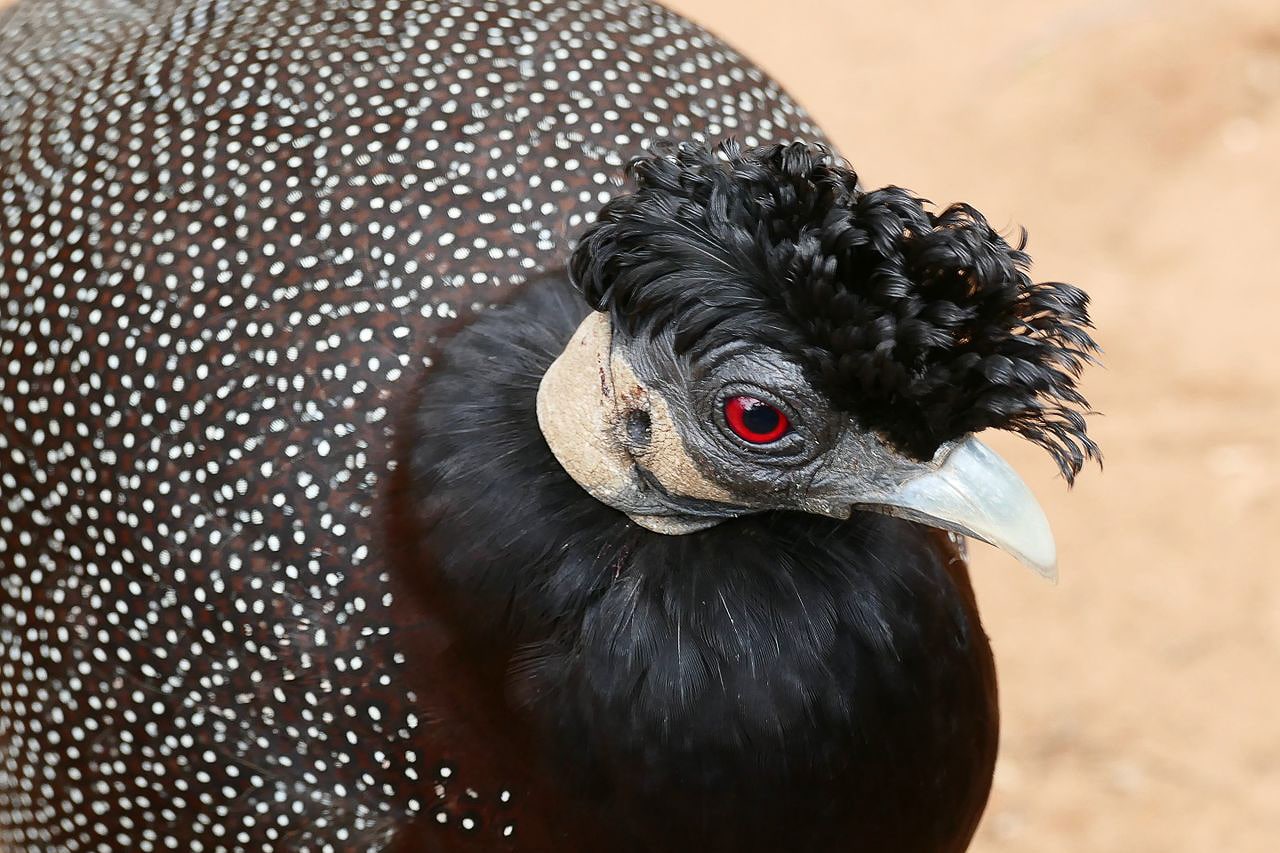
Crested Guineafowl are a striking ground bird native to sub-Saharan Africa. These birds are distinguished by their unique appearance, featuring curly black crest feathers atop a grey head adorned with a bright red eye. Their bodies are covered in blackish plumage marked with dense white spots.
Female Crested Guineafowls can lay up to 100 eggs annually, known for their rich flavor. They are monogamous for life and boast a lifespan of 12 to 15 years.
Blunthead Tree Snake
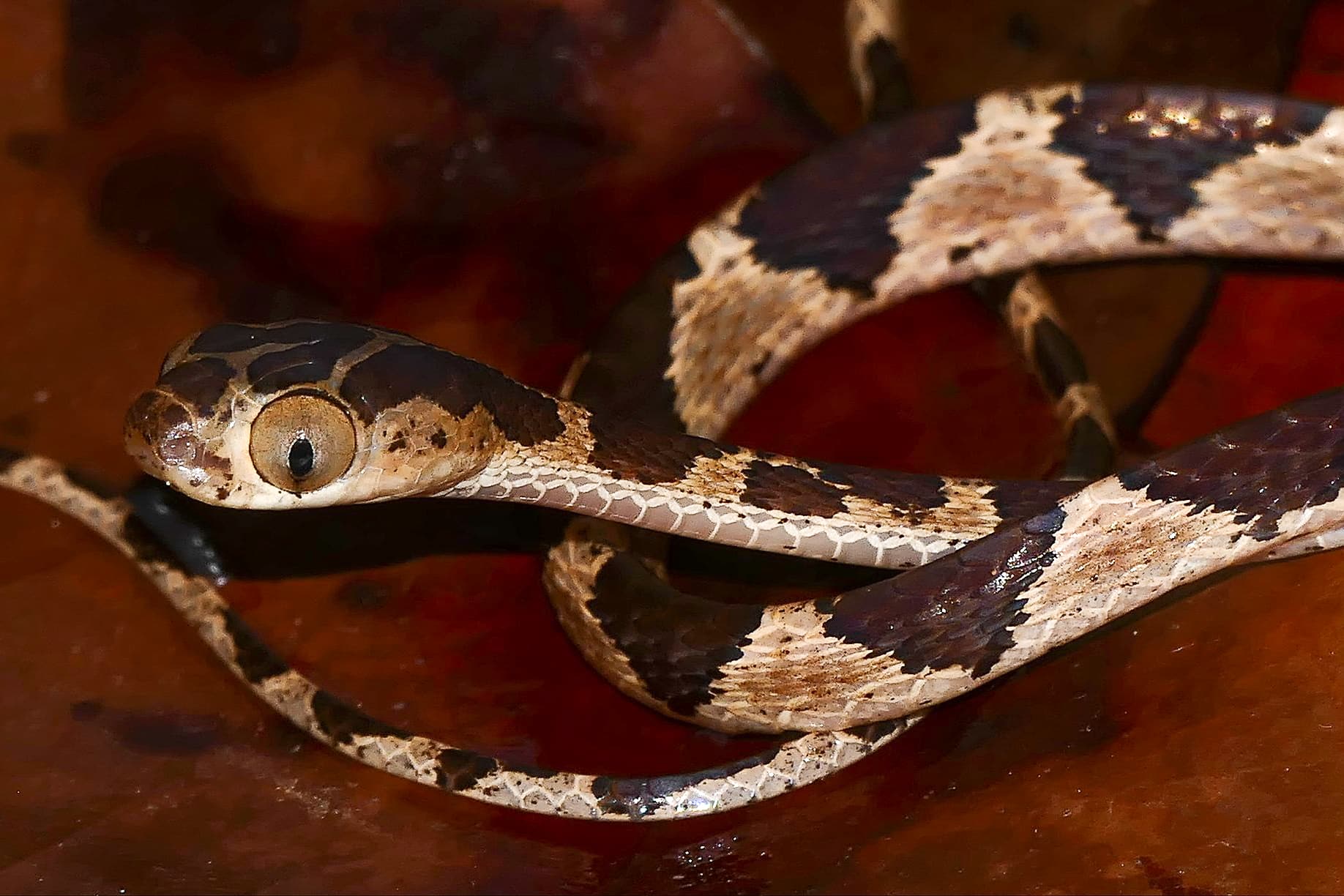
The Blunthead Tree Snake, scientifically known as Imantodes cenchoa, is a slender snake distributed across Mexico, Central America, and certain parts of South America. They possess a distinct feature—a disproportionately large head—that facilitates their downward-focused vision. Their large eyes account for about 26% of their head size, with females typically exhibiting larger heads than males.
The Blunthead Tree Snake is rear-fanged and mildly venomous, although it is not considered dangerous to humans. Their underbellies are predominantly white, while their dorsal surfaces feature pale brown coloring with dark brown patches running along their bodies. On average, these snakes reach lengths of 30 to 35 inches.
Violin Beetle
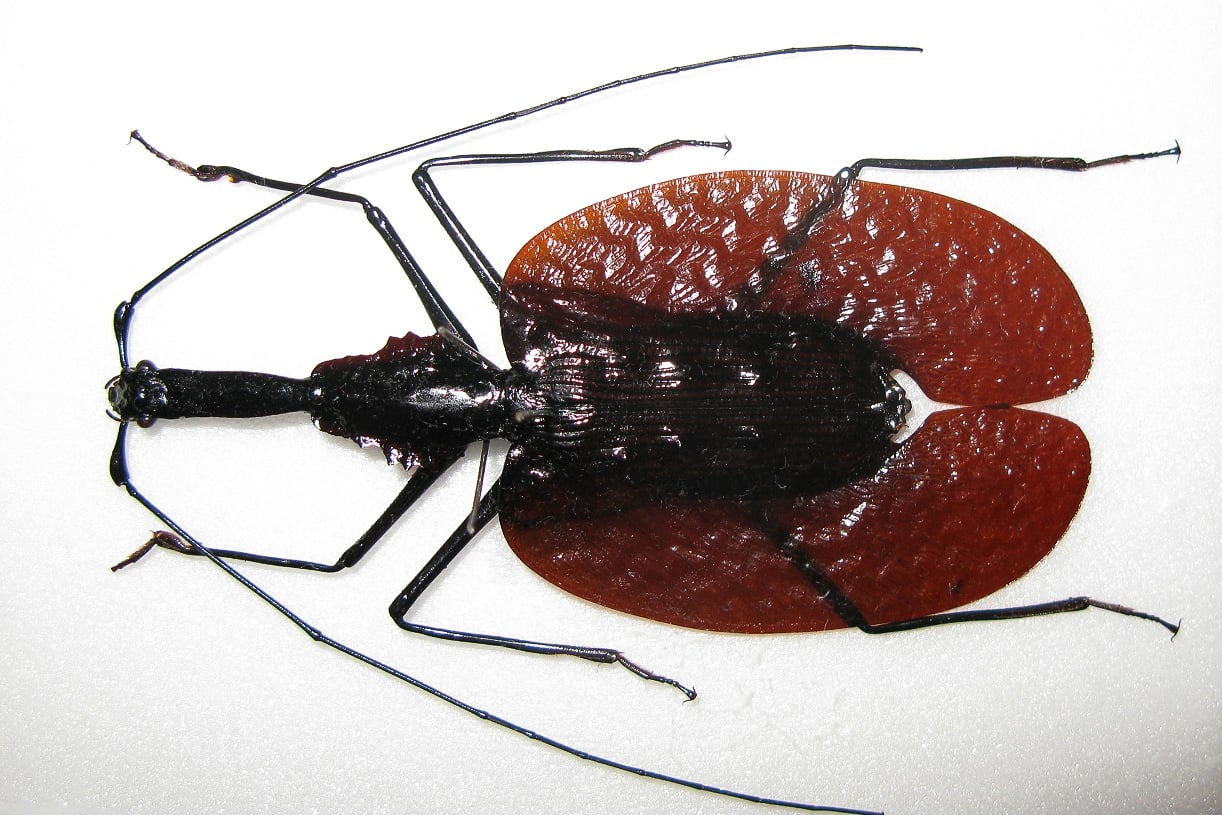
The Violin Beetle, native to the lush rainforests of Southeast Asia, is a remarkable insect belonging to the Mormolyce phyllodes species. These intriguing creatures can reach lengths of up to 4 inches. What sets the Violin Beetle apart is its distinctive, flat, leaf-shaped body, resembling either a violin or a banjo. They typically sport black or brown coloring, complemented by translucent elytra. Their flattened form enables them to find refuge under leaves or within cracks in tree bark.
Furthermore, they possess a fascinating defense mechanism – they secrete a potent butyric acid that is potent enough to numb a human hand.
Moonfish
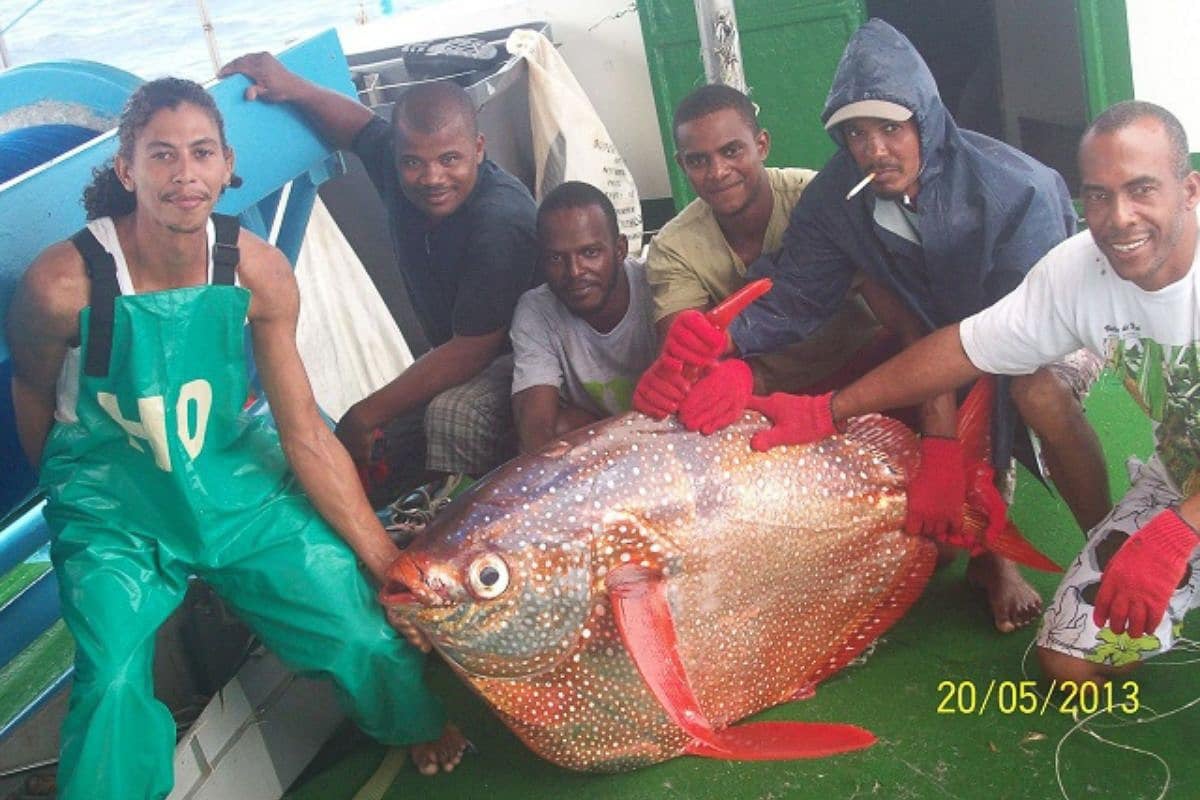
Moonfish belong to the Lampris genus. These creatures boast an extensive range and can be found in various Northern Hemisphere oceans. Their appearance is akin to that of a manhole cover, featuring a flat, discus-shaped body.
Moonfish hold the distinction of being the first fish discovered to possess a “warm-blooded heart.” This unique trait enables them to generate their own body heat, with a layer of fat serving to lock in the warmth and insulate them effectively. This remarkable adaptation allows Moonfish to maintain an internal body temperature higher than that of the surrounding water. Consequently, they can swim at faster speeds, exhibit quicker responses, and enjoy enhanced vision.
They can grow up to 6 feet in length and weigh as much as 600 pounds.
Viscacha
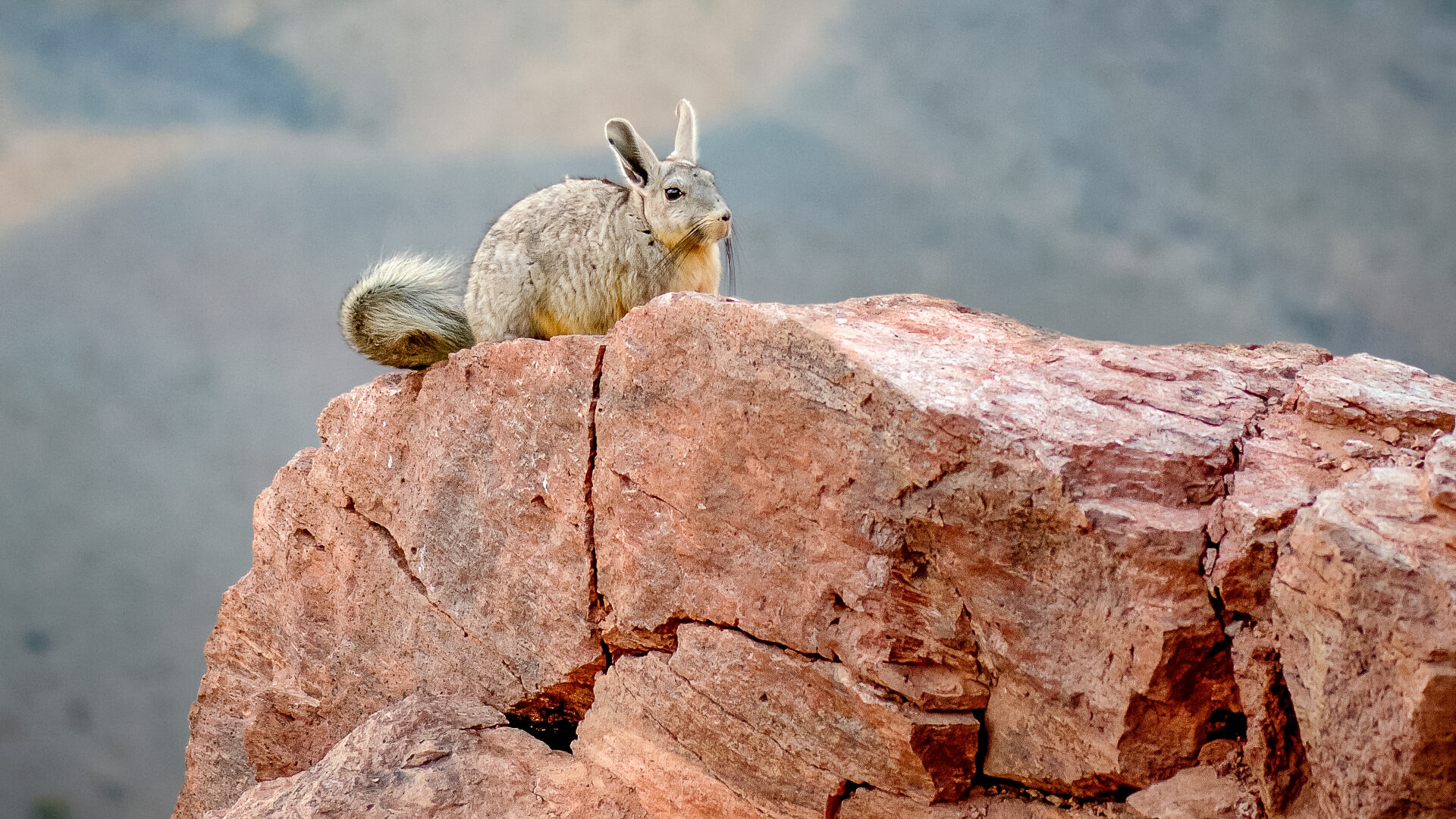
The Viscacha is a rare rodent belonging to the chinchilla family and native to the diverse landscapes of South America. These creatures bear a striking resemblance to rabbits and are divided into two genera, Lagostomus and Lagidium, encompassing a total of five species.
Viscachas exhibit varying fur colorations dependent on factors such as the season, geographic area, and age. Their fur is characterized by its soft and dense texture. They possess short forelimbs, long hindlimbs, and a lengthy tail. In terms of size, they typically measure between 12 to 18 inches and can weigh up to 7 pounds.
Elephant Hawk Moth
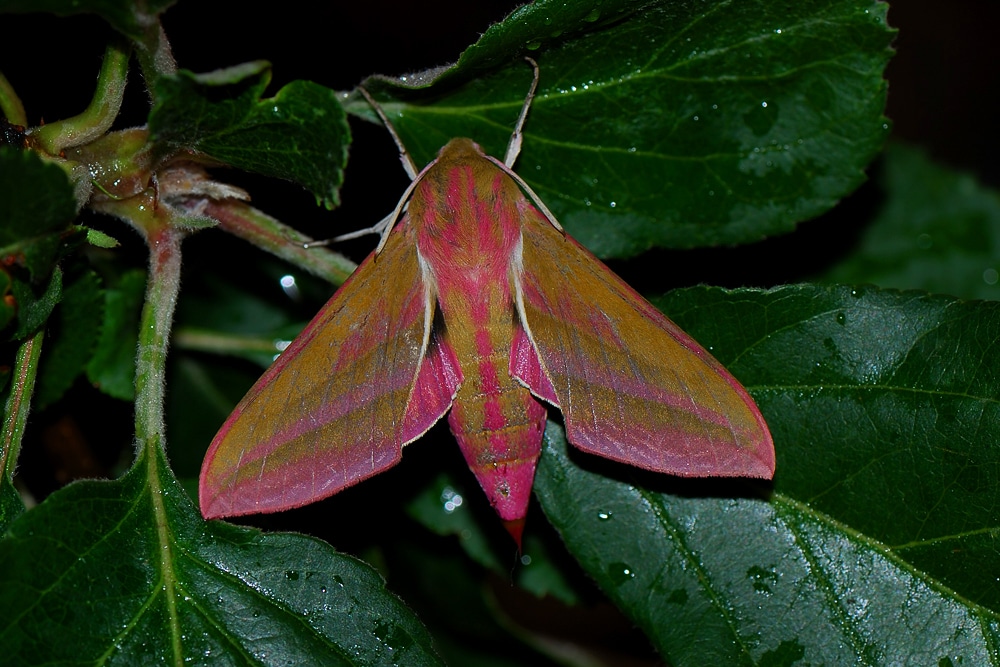
The Elephant Hawk Moth is predominantly found in the British Isles. Its common name is derived from the appearance of its larval stage, which bears a resemblance to an elephant’s trunk.
These moths are easily recognizable due to their distinct olive and pink coloring, although they can sometimes be confused with the Small Elephant Hawk Moth, a related species with similar hues.
The Elephant Hawk Moth is primarily nocturnal and feeds on flowers that produce nectar at night. They possess remarkably sensitive vision, allowing them to navigate effectively in low-light conditions.
Belgian Blue Cattle
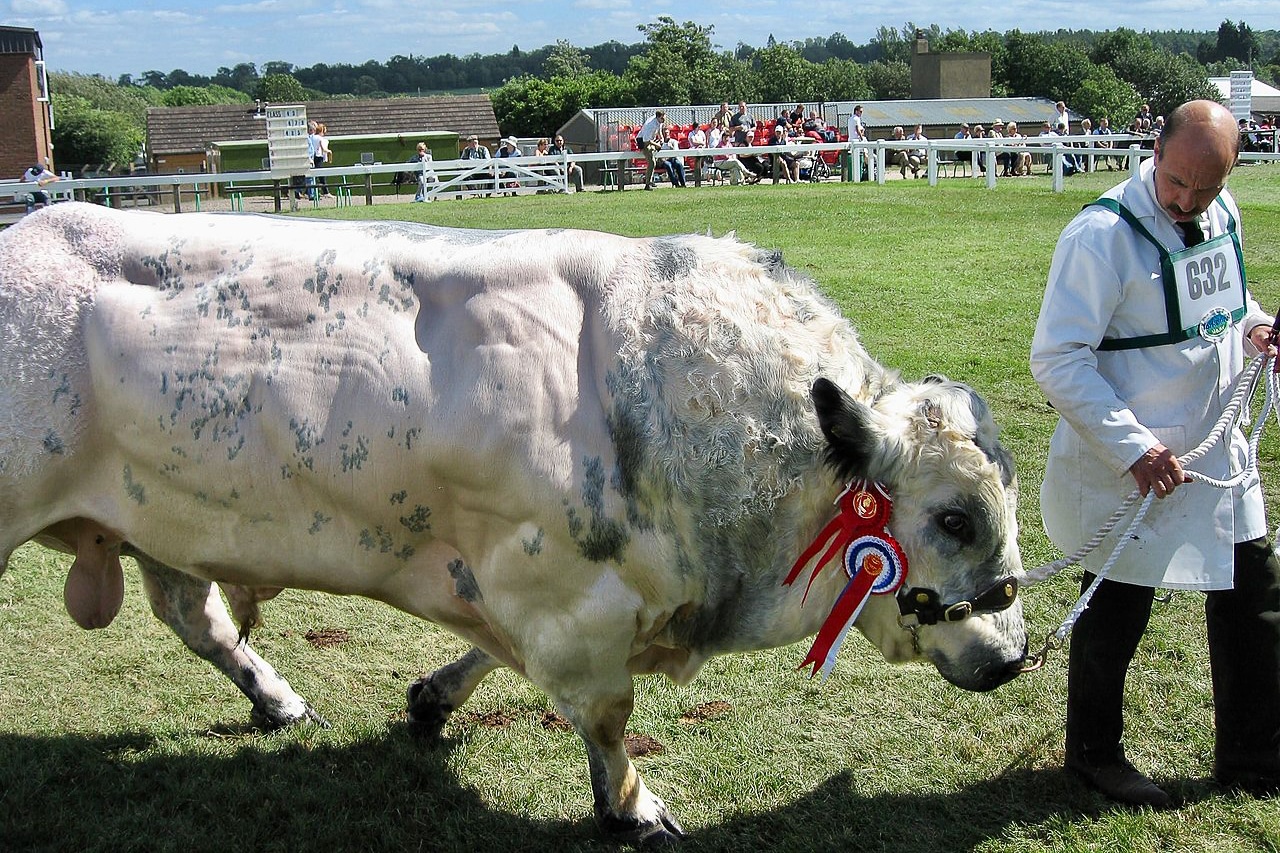
The Belgian Blue cattle is a distinctive breed that goes by several names, including ‘Dikbil,’ which translates to ‘fat buttocks’ in Dutch, due to its unique appearance characterized by ‘double-muscling,’ a genetic trait leading to additional muscle fibers.
Belgian Blue cattle can grow to impressive sizes, with bulls reaching weights of up to 2,800 pounds and cows weighing as much as 2,000 pounds. Even newborn calves, owing to the double-muscling gene, are born significantly larger than typical calves, often requiring cesarean sections.
Their coloring typically includes variations of white, blue-pie, black, or black-pie. Due to their double-muscling, Belgian Blue cattle exhibit a unique gait.
Despite their imposing size, they are known for their docile temperament, making them an excellent choice for show breeds at clubs and fairs.
Sea Sheep

The Sea Sheep is a species of sea slug that lives in the seas near Japan, Indonesia, the Philippines, and a wide range of the Pacific and Indian oceans. It was first discovered in 1993 near the island of Kuroshima, Japan. The Sea Sheep is also known as a leaf sheep, leaf slug, salty ocean caterpillar, or its scientific name, Costasiella kuroshimae. It is among the smaller sea slugs that only grow to be 1-inch long1. Despite its name, this creature looks similar to a wide variety of succulent plants instead of a wooly mammal. It has a cute little face with ear-like rhinophores and a colorful body.
21 Things People Too Often Underestimate: What’s On Your List?

In our everyday lives, there are countless things that we often underestimate, sometimes to our own detriment.
From the power of nature and emotional intelligence to the difference between a million and a billion online commenters weigh in.
READ: 21 Things People Too Often Underestimate: What’s On Your List?
6 Gas Station Chains With Food So Good It’s Worth Driving Out Of Your Way For

We scoured the Internet to see what people had to say about gas station food. If you think the only things available are wrinkled hotdogs of indeterminate age, and day-glow slushies, we’ve got great, tasty news for you. Whether it ends up being part of a regular routine, or your only resource on a long car trip, we have the food info you need. Let’s look at 6 gas stations that folks can’t get enough of and see what they have for you to eat. Read 6 Gas Station Chains With Food So Good It’s Worth Driving Out Of Your Way For
18 of the World’s Deadliest Foods: How Many Are You Eating?

Whether you eat to live, or live to eat, let’s make sure you live to see another day! These are some of the world’s deadliest foods. They can bring on extreme symptoms, ranging from paralysis to seizures, choking and even death, so don’t go tucking these into your lunchbox. Click for 18 of the World’s Deadliest Foods: How Many Are You Eating?
10 Of The Worst Tasting Drinks People Pretend To Like

Hold onto your taste buds, because we’re about to embark on a flavor-filled adventure through the realm of beverages! Sure, we all need water to survive, but let’s be real – drinks are so much more than just basic hydration. Recently, the question of which beverages people secretly think taste awful sparked a fiery debate. Boozy elixirs, non-alcoholic refreshments, and everything in between were thrown into the mix. Brace yourself as we unveil the truth. Get ready for a wild ride of taste revelations! Read 10 Of The Worst Tasting Drinks People Pretend To Like







